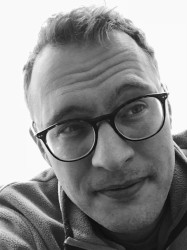BibTex format
@article{Lu:2021:10.1038/s42005-021-00643-y,
author = {Lu, Q and Martins, H and Kahk, JM and Rimal, G and Oh, S and Vishik, I and Brahlek, M and Chueh, WC and Lischner, J and Nemsak, S},
doi = {10.1038/s42005-021-00643-y},
journal = {Computer Physics Communications},
pages = {1--8},
title = {Layer-resolved many-electron interactions in delafossite PdCoO2 from standing-wave photoemission spectroscopy},
url = {http://dx.doi.org/10.1038/s42005-021-00643-y},
volume = {4},
year = {2021}
}

